Cleaning a difficult area
If you were raised in a religious family you probably heard that “cleanliness is next to godliness.” If you happen to be the parent of a 4-year-old, you’ve learned that cleanliness is next to impossible. In the transmission industry, cleanliness is a necessity. One small particle can stick a valve or cause a solenoid to malfunction and turn an otherwise perfect job into a nightmare.
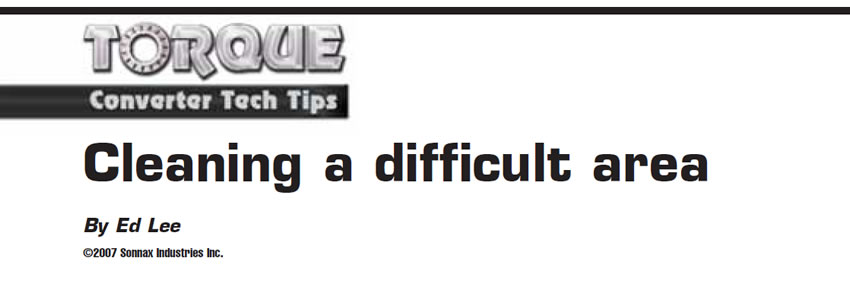
Myth Busters
In the past three articles we looked at the evaluation of torque-converter modifications on a chassis dyno. The modified converters were compared with an OEM converter, and the testing was done by instructor Sean Boyle and three of his students at Southern Illinois University. An MD-250 Mustang Chassis Dyno was used for the evaluations, and a Dodge Durango RT, equipped with a stock 5.9-liter gas engine and 46RE transmission, was used as the test vehicle. All the converters were subjected to wide-open-throttle (WOT) horsepower tests. The vehicle was locked in third gear (direct drive) and TCC lockup was inhibited.
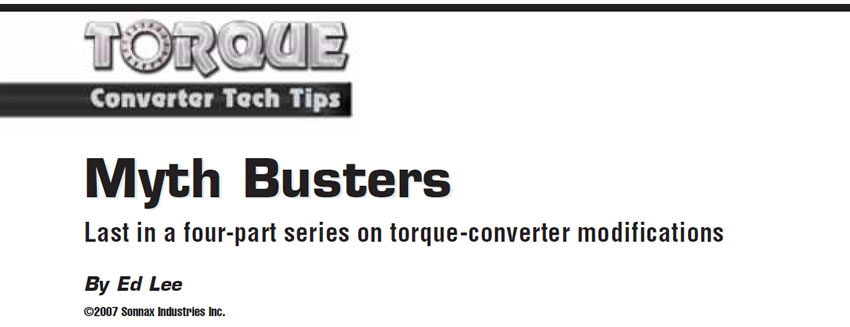
Myth Busters
In parts 1 and 2 we looked at the results of chassis-dyno testing conducted on torque-converter modifications by Sean Boyle’s students in the automatic-transmission course at Southern Illinois University. The testing was done on an MD-250 Mustang chassis dyno, and the test vehicle was a stock 2000 Dodge Durango RT equipped with a 5.9-liter gas engine and a 46RE transmission.
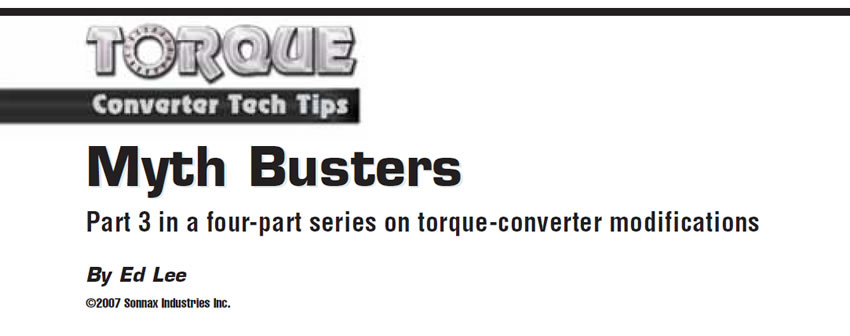
Déjà Vu All Over Again
When GM introduced the stamped-steel drum for the THM 200 transmission, it presented technicians with some new challenges. The 200 direct drums would crack where the inner liner (where the piston lives) was joined to the outer shell. The weld that holds the two members of the drum together is subject to pivotal flexing each time the clutch is applied. Over time, this flexing action will cause a crack at the weld.
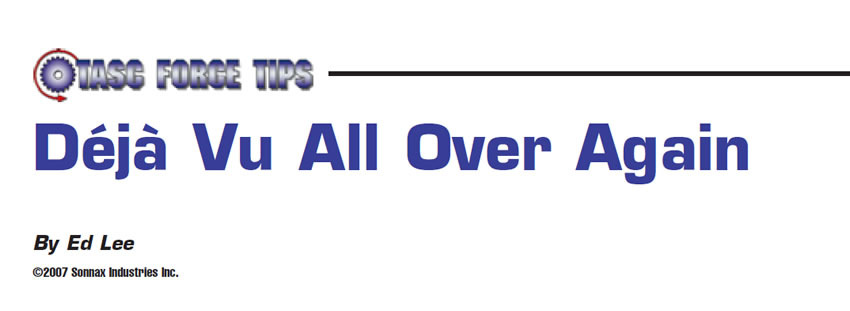
Myth Busters
Last month we reviewed the results of chassis dyno testing done by Sean Boyle’s students in the automatic-transmission class at Southern Illinois University. Four modified torque converters were evaluated. The testing was done on an MD-250 Mustang Chassis Dyno, and the test vehicle was a stock 2000 Dodge Durango RT equipped with a 5.9-liter gas engine and a 46RE transmission.
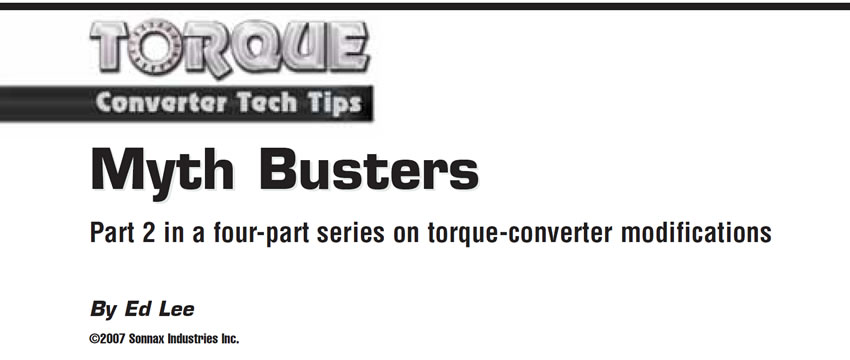
Myth Busters
When the vehicle manufacturers create their driveline packages, they have many issues to consider, such as fuel economy, performance and durability. In the torque-converter-rebuilding industry, many companies will make modifications to enhance the OEM torque converter for a specific vehicle combination. Some modifications are done to create better acceleration and others are done to improve towing capabilities and fuel economy.
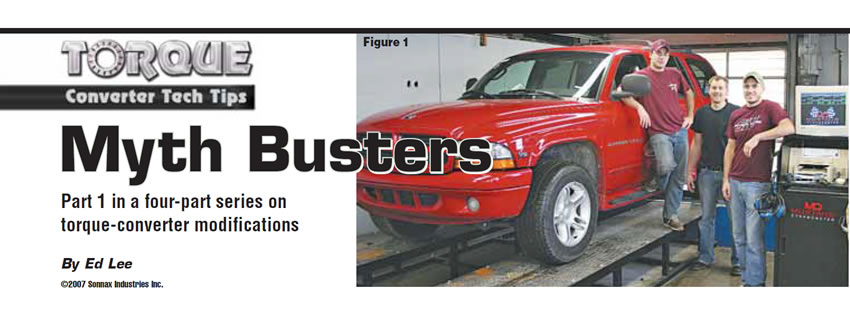
Lockup Surge in Allison 1000s
Have you ever found yourself chasing a “phantom” TCC drivability problem in a GM vehicle that uses the Allison 1000/2000/2400 series of transmissions?
If you have, there’s a good chance that the root of your problem turned out to be the torque converter. No earth-shattering news there, but what is unique is that the problem was likely on the outside of the converter, not the inside.
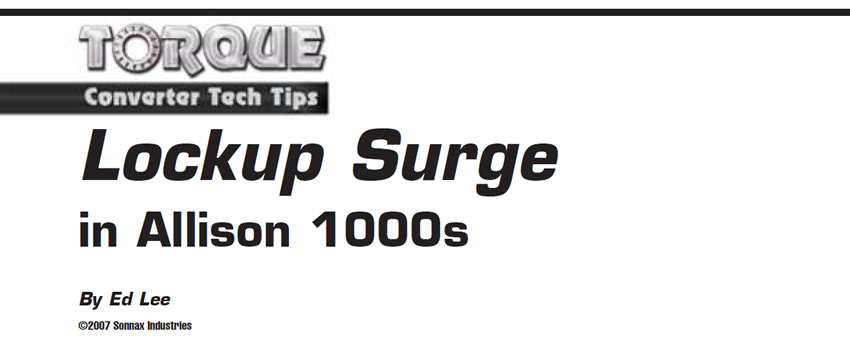
Catching a Brake on Shift Problems
A 2001 Nissan Altima was brought to a transmission shop with the complaint that the shifter would not move into reverse or park. The customer explained that the vehicle performed just fine when cold but occasionally refused to go into reverse or park after warming up. The shop performed its routine pre-checks and then road-tested the vehicle. The pre-checks didn’t show any codes present (not even a history code), and the technician wasn’t able to reproduce the condition on the road test. The customer was asked to leave the vehicle for further evaluation.

Revisiting the Captive Clutch
Joe Rivera proved that the ZF 5HP19/24 converter with captive clutch is rebuildable (see “Rebuilding the Unrebuildable,” Transmission Digest, December 2005). Many converter shops are now trying to build this unit, and the number of rebuilding questions continues to increase. A recent rise in issues related to lockup performance after rebuild has prompted a closer look at this unit. The same fear factor that prevented many shops from trying to rebuild this unit in the first place is now causing some of the braver rebuilders to have second thoughts.

Replace Those Honda Stator Bearings with Something More Readily Available
Many late-model Honda converters have unique stator bearings. The caged-roller part of the bearing is like the bearing used in the JATCO RE4R01A converters. This part of the bearing is not unique. The outboard races of the stator bearings also are not unique. The impeller-side bearing runs against the flanged impeller hub, and the turbine-side bearing runs against the turbine hub. It is the bearing races on each side of the stator that are unique (see Figure 1).

Converter-Charge Mysteries
Converter charge oil performs a number of important functions: It fills the converter in a timely manner. It keeps the lockup clutch off the cover in the release mode. It also eventually becomes the lube oil for the transmission.
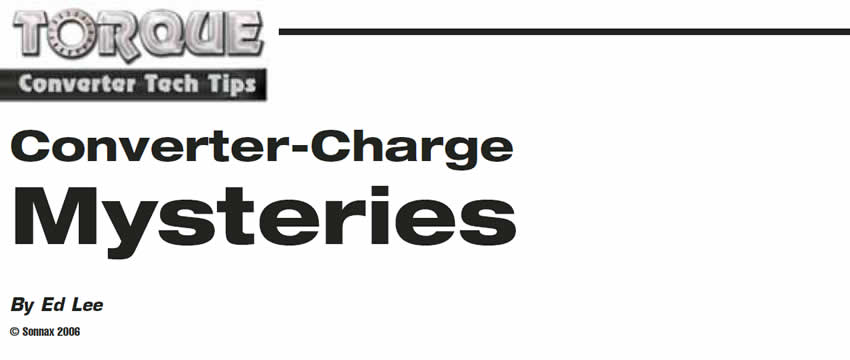
The Proper Surface Finish for Bonding (an Eye Opener)
Choosing the correct surface finish for bonding can be controversial. Some rebuilders claim you can bond to a surface as smooth as glass, provided the bond-line temperature and the compression pressure are correct. Others claim that a very rough surface finish is needed for a good bond. The finish of a machined surface is rated on a roughness-average (RA) scale.

